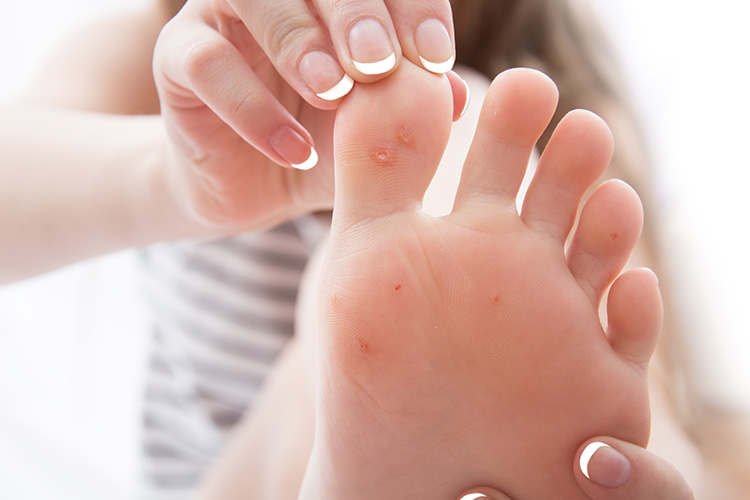While both corns and calluses have different features, they are caused by exactly the same thing: pressure. When our soft skin is exposed to high pressure or friction, it is vulnerable to injury and skin breaks (and hence, infection). In order to protect itself from injury, the skin develops a hard top layer, which may present as callus, a corn, or both.
Unfortunately, as the hard skin continues to build up, it can become uncomfortable and painful. This is why over half of our patients come in for routine skin and nail care every 8-12 weeks.


